Affiliate disclosure: Automoblog and its partners may be compensated when you purchase the products below.
Pirelli tires are made for speed, comfort, and expert handling. The company is trusted by some of the world’s premier car brands and motorsports professionals. We wanted to see if they make a good choice for more general use.
In this review, we’ll discuss Pirelli tires in depth, including the company’s quality, popular models, costs, customer feedback, and more. We’ll also go over which kinds of drivers should consider some of the other best tire brands in the industry.
Established in 1872, Pirelli is an Italian tire manufacturer best known for its high-performance models. Pirelli tires are used by some of the biggest luxury names in the industry: Maserati, Lamborghini, Audi, BMW, and Porsche, to name a few. The company has also been the sole supplier of Formula 1 tires since 2010, making it a staple of the motorsports world.
The company is based in Milan, Italy but also has North American headquarters in Rome, Georgia. Pirelli is now the seventh-largest tire manufacturer in the world.
Pirelli makes tires for cars, light trucks, SUVs, motorcycles, and bicycles. They’re not our first choice for your daily commuter, but they’re an excellent option for sports vehicles, as Pirelli tires are synonymous with performance. The company’s models are made for speed, excellent handling, and grip in wet and dry conditions. Pirelli has also made considerable efforts toward sustainability, like sourcing plant-based materials and synthetic rubbers.
On average, most Pirelli tires are well above $100 apiece. This is on the expensive side but is on par with the cost of Michelin and Goodyear tires. Many drivers don’t mind paying more for Pirelli tires because they’re highly specialized and often made for premium car brands.
Many drivers don’t mind paying more for Pirelli tires because they’re highly specialized and often made for premium car brands.
Below, we’ve outlined the average cost of a few Pirelli tires.
| Pirelli Tire Model | Average Cost |
|---|---|
| Pirelli P4 Four Seasons Plus | $88 to $135 |
| Pirelli Scorpion Asimmetrico | $165 to $453 |
| Pirelli Scorpion All Terrain Plus | $150 to $292 |
Passenger tire brands, Pirelli included, report their tire ratings based on an evaluation system created by the National Highway Traffic Safety Administration (NHTSA). This system is called Uniform Tire Quality Grading (UTQG), and it grades tires – except specialized tires – based on their treadwear, traction, and temperature resistance.
Here’s an explanation of the UTQG grading system:
This grade estimates the longevity of your tires. To calculate treadwear, tires are measured against a control tire given a rating of 100. If a tire has a 500 treadwear rating, that means it lasted five times longer than the control. Most passenger tires have between a 300 and 500 treadwear rating, according to data from SaferCar.gov.
To calculate treadwear, tires are measured against a control tire given a rating of 100. If a tire has a 500 treadwear rating, that means it lasted five times longer than the control. Most passenger tires have between a 300 and 500 treadwear rating, according to data from SaferCar.gov.
This grade measures how well your tires “grip” a wet road. Traction grades are given on a scale of AA, A, B, or C. Good day-to-day passenger tires typically receive an A rating.
This grade evaluates a tire’s heat resistance on a scale of A, B, or C. Tires need to withstand different temperatures based on their specialization. Performance tires, for example, usually move at much higher speeds than all-season tires, and in turn, require higher temperature ratings.
It’s important to note that the NHTSA does not oversee UTQG tests. Tire testing and reporting are performed by manufacturers themselves or independent analysts hired by manufacturers.
Below, we’ve listed several top-rated Pirelli tire models and their treadwear, traction, and temperature ratings using data from SaferCar. gov.
gov.
| Pirelli Tire | Tire Type | Treadwear Score | Traction Score | Temperature Resistance |
|---|---|---|---|---|
| P4 Four Seasons Plus (T-speed rated) | Passenger Standard touring All-season | 760 | A | B |
| Scorpion Verde All Season | Crossover/SUV Touring All-season | 600 | A | A |
| Scorpion ATR | Light truck/SUV All-terrain | 520 | A | B |
| P Zero Nero All Season | Passenger Max performance Summer | 400 | A | A |
If you want to know more about a Pirelli tire you already own, you can check the tire’s sidewall for the UTQG grade.
Pirelli produces both original equipment (OE) and replacement models, and supplies tires for many prestigious car manufacturers. The most popular Pirelli tires are performance-focused. While the company does offer a few decent winter and all-terrain models, Pirelli tires are best on open roads or around the track.
While the company does offer a few decent winter and all-terrain models, Pirelli tires are best on open roads or around the track.
Using customer data from Tire Rack, we outlined some of the most popular Pirelli tires below. These models are well-regarded in the industry and have received largely positive reviews.
Pirelli makes a lot of high-quality car tires.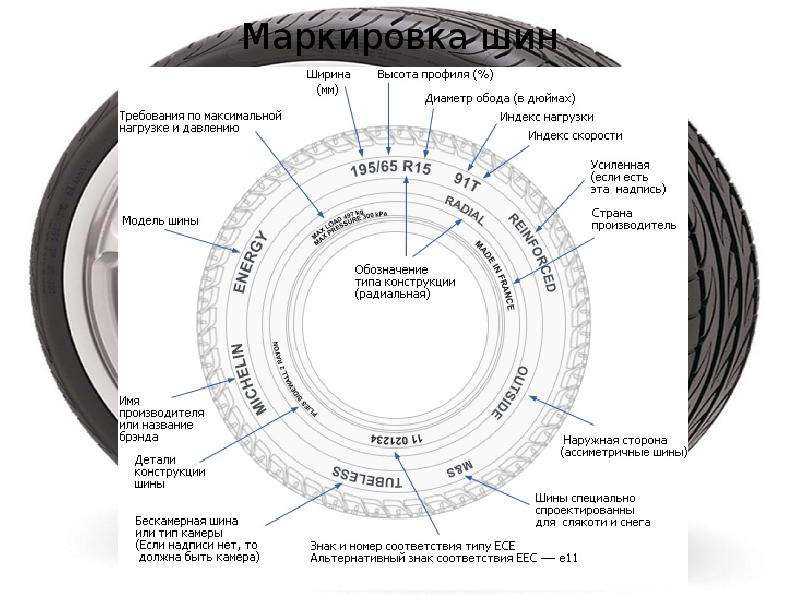 But if it’s not the right tire for your car, where you live, and the way you drive, it doesn’t matter how good the tire is – it won’t offer the performance and safety you need. Learning what to look for in a tire is an important part of finding the best one for you.
But if it’s not the right tire for your car, where you live, and the way you drive, it doesn’t matter how good the tire is – it won’t offer the performance and safety you need. Learning what to look for in a tire is an important part of finding the best one for you.
There are several factors that determine a tire’s ideal use. Understanding the differences and how they impact performance can help you find the right tire for your vehicle. These factors include:
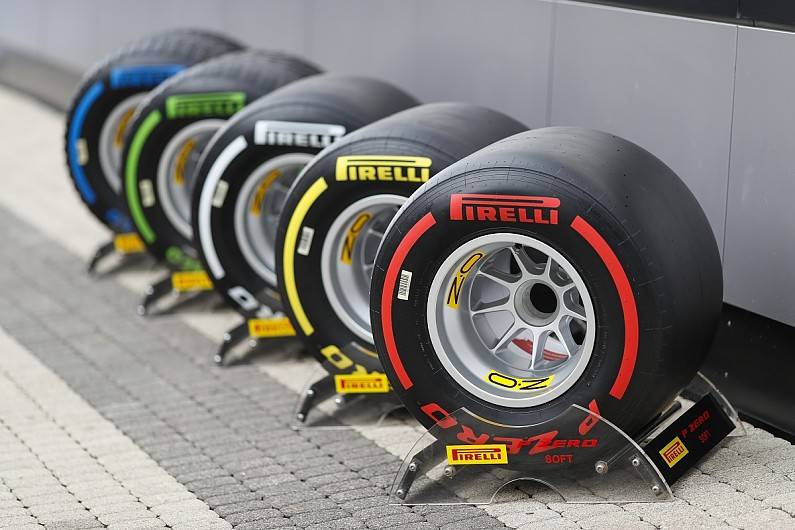 Bias-built tires tend to be more affordable, while radial tires are typically more durable overall.
Bias-built tires tend to be more affordable, while radial tires are typically more durable overall.Pirelli and other tire companies use a standard format for listing the dimensions of a tire. This can be difficult to decipher until you understand what each number and letter in the sequence represents.
To break down the meaning of each element, we’ll use the common tire size of P225/65R17 as an example.
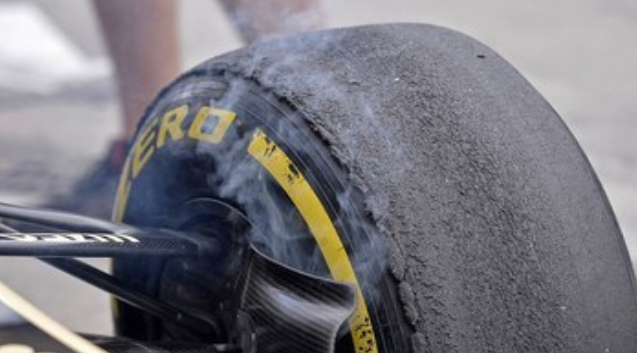 The “P” in our example tire stands for passenger, indicating that the tire is meant for a personal car.
The “P” in our example tire stands for passenger, indicating that the tire is meant for a personal car.Pirelli offers one of the longest tire warranties in the industry – a 90,000-mile treadwear warranty for the P4 Four Seasons Plus.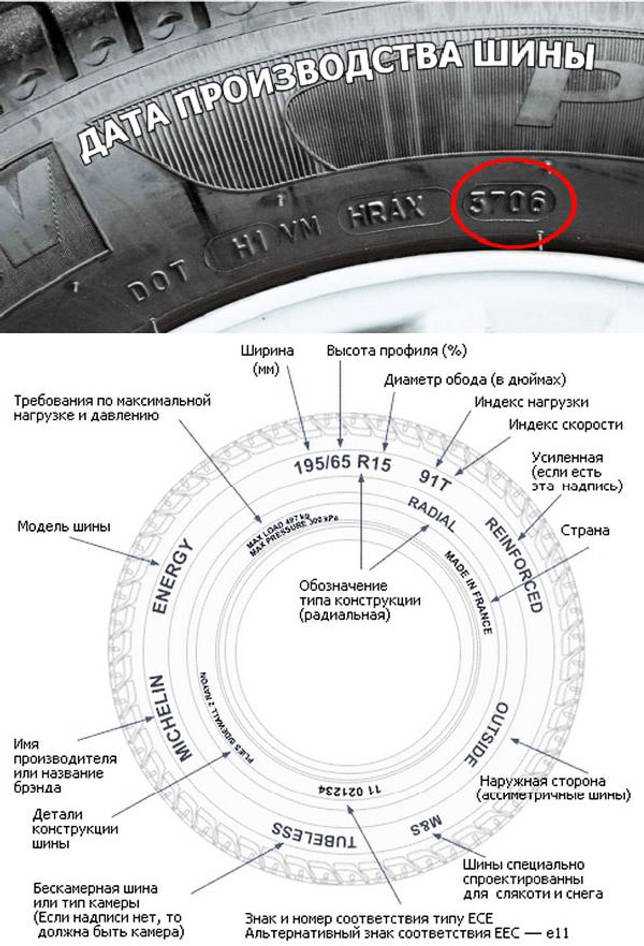 However, most of its treadwear warranties are average. Since the manufacturer specializes in high-performance tires, this comes as no surprise.
However, most of its treadwear warranties are average. Since the manufacturer specializes in high-performance tires, this comes as no surprise.
Here are a few examples of Pirelli tires’ treadwear warranties for replacement models:
Pirelli’s limited warranty covers repairs of any defective materials or workmanship after the first year of purchase or before the tire wears to 2/32 of an inch of the original tread.
Customer reviews can give you a better look at how Pirelli tires perform on the road and how the tires drive in different scenarios. Pirelli received top marks in the 2020 J.D. Power Original Equipment Tire Customer Satisfaction StudySM for passenger tires. Out of 1,000 possible points, Pirelli scored 788, making it the frontrunner in the study.
We detailed both positive and negative customer experiences below to give you a well-rounded idea of Pirelli’s pros and cons.
“[In] October 2016, the factory tires were replaced with Pirelli Cinturato P7s, and [I] immediately wondered why I waited so long to replace the old tires. Highway tire noise went to almost zero, [and] handling dry, wet, or [in] snow was a definite improvement. Fuel mileage [also] picked up about 0.5 mpg.”
– via Tire Rack
“[The Pirelli Scorpion Ice & Snow] are by far the best tires I’ve ever driven on in the winter. Five inches of ice and snow to three feet of snow… these tires did very well. Very comfortable tires, they do not wear fast, and they are quiet.”
– via Tire Rack
“If you are driving in any significant amount of rain, [the Scorpion Verde All Seasons] are terrible. Traction is horrible.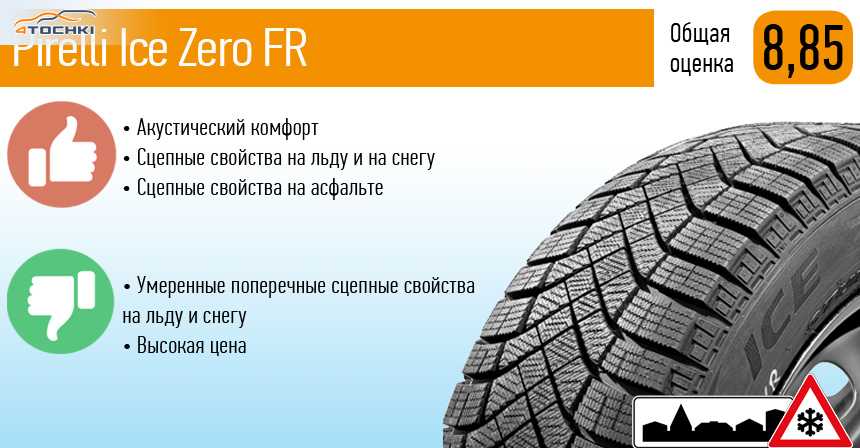 There really is not much of a tread pattern to them. Driving in heavy rain recently, I had to slow down to 55 mph on the highway.”
There really is not much of a tread pattern to them. Driving in heavy rain recently, I had to slow down to 55 mph on the highway.”
– via Tire Rack
“[Pirelli P6000] OEMs are horrible. Tire noise is so loud that you think you are driving a monster truck vs. an Audi A6 4.2… Someone at Audi must have gotten a payoff from the OEM to use up these tires. I [cannot] see any engineer in his right mind putting these tires on this car.”
– via Tire Rack
Pirelli is a sound choice for performance tires if you’re comfortable paying a little more. Customers are often impressed with their dry handling and low noise on the road. The manufacturer also produces quality models for the eco-conscious driver.
However, Pirelli tires are comparatively expensive and regularly cost upwards of $100 per tire. While cheaper brands of tires may not quite measure up to Pirelli quality standards, there are plenty of options that are perfectly suitable for the average driver.
Michelin and Cooper are two of our top-rated tire manufacturers. Both are well-regarded in the industry and have received many positive customer reviews. In our 2021 tires review, we named Michelin tires the Best Overall and Cooper tires the Most Affordable.
Michelin produces excellent tire options across all categories, including all-season tires, summer tires, and all-terrain tires. Michelin models may have a higher price tag, but their high-quality rubber and design make them a worthwhile investment.
Learn more in our review of Michelin tires, or compare rates for Michelin tires right away at TireRack.com.
Drivers shopping for affordable tires that don’t compromise on quality should look to Cooper. A relatively new tire manufacturer, Cooper makes replacement models starting as low as $84 per tire. The tire manufacturer offers long-lasting treadwear warranties up to 80,000 miles, placing it in leagues with the industry’s more mature players.
Read more in our full review of Cooper tires, or start shopping for Cooper tires at TireRack.com.
Pirelli is a strong choice for performance models and even a few winter models. However, the company’s tires are highly specialized and won’t be the right choice for every driver.
Is Pirelli better than Michelin?We rated Pirelli lower than Michelin in our 2021 best tires review, but Pirelli makes great options for luxury passenger cars. Which tire is right for you will depend on what you’re looking for.
Who are Pirelli tires made by?ChemChina makes Pirelli tires. The company took a controlling interest in Pirelli in 2021.
How long do Pirelli tires last?The longest Pirelli tread life warranty is 90,000 miles, but most of its models last between 50,000 and 65,000 miles.
Many Pirelli tires are made in Shandong, China. The company has maintained its reputation for quality since moving much of its production to China.
The company has maintained its reputation for quality since moving much of its production to China.
Pirelli is a premium tire brand. It is considered one of the premier tire brands for high-performance applications and is the preferred brand of motorsports professionals worldwide.
Our research team is committed to providing the most accurate, thorough, and unbiased information possible to help people make informed decisions about the tires they purchase. We use a standardized set of criteria to ensure the consistency and comparability of our reviews.

Based out of Italy, Pirelli is renowned for its high-performance tires that are suited for both racing and regular-use purposes.
If you’ve recently started using Pirelli tires for your vehicles, you may be wondering – how long do Pirelli tires last? Here is what I’ve found out through my research!
Most Pirelli tire models such as the Scorpion and Cinturato last between 45,000-65,000 miles. A few models such as the P4 Four Seasons can have mileage warranties of up to 90,000 miles.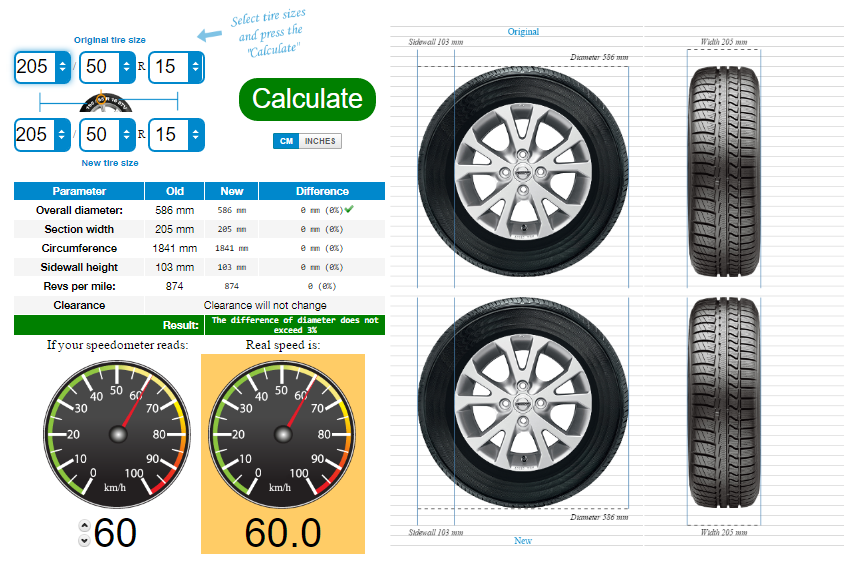 Customers should replace their Pirelli tires if the tread depth falls below 2/32 inches.
Customers should replace their Pirelli tires if the tread depth falls below 2/32 inches.
If you want to know more about how long various Pirelli models last, when you should replace Pirelli tires, and much more, keep on reading!
Pirelli tires have Tread Wear Indicators located at the bottom of the grooves which have a depth of 1.6mm or 2/32 inches, i.e. the minimum legal tread depth limit.
When the depth of your tire’s tread reaches this level at any point around its circumference, you will be legally required to get your tires replaced immediately.
Note that as a precaution, you should change your tires once the tread reaches 4/32” (3mm) in summer tires and 5/32” (4mm) in winter tires.
Additionally, tires that show swelling, cracks, cuts, objects in the casing, or irregular wear must be checked by a professional and replaced if required.
In any case, you should have a specialist thoroughly inspect your tires (including the spare tire) after 5 years of usage, regardless of how much your vehicle has traveled.
Pirelli P Zero tires do not come with a tread life warranty, but according to reports, they last between 30,000 – 40,000 miles (48,000 – 64,000 kilometers).
Pirelli Scorpion tires are best-suited for SUVs and come in a variety of models. Here is a list of several popular Scorpion tires and their mileage warranties:
The Pirelli Cinturato family includes two models, the Cinturato P1 Plus, and the Cinturato P7 All Season Plus.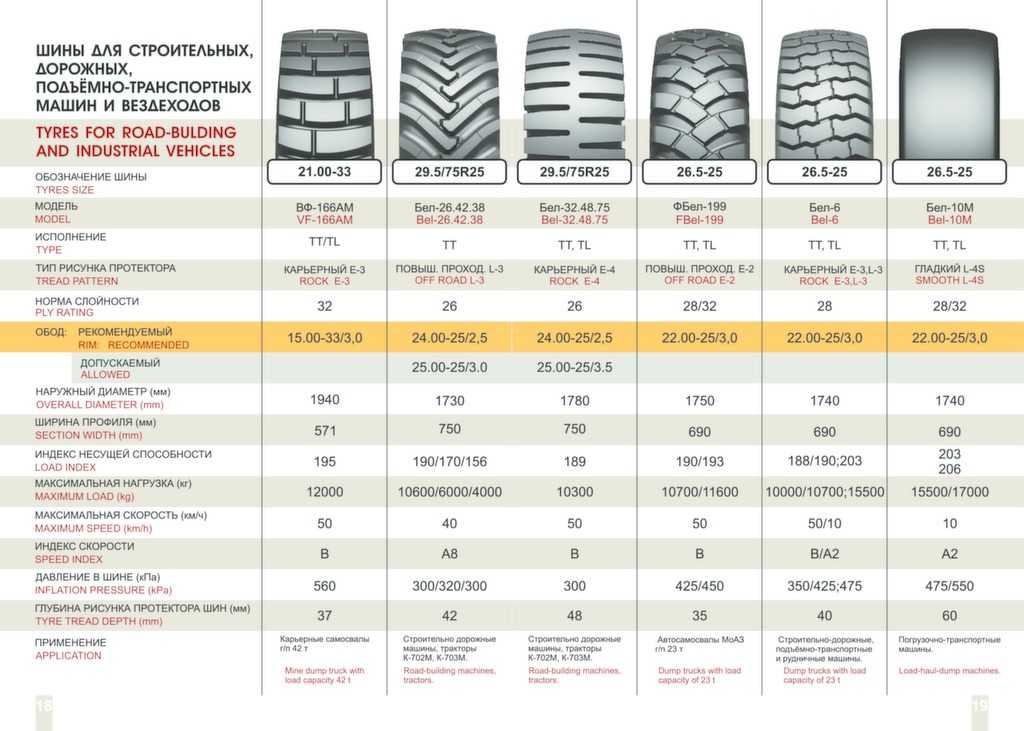
The P1 Plus has a mileage warranty of 35,000 miles (56,000 kilometers), whereas the P7 All Season Plus has a mileage warranty of 70,000 miles (112,000 kilometers).
Pirelli’s Four-Season tires are made for customers who are looking for tires suitable for urban areas and for excellent handling and traction throughout the year.
Here are the popular Four-Season models sold by Pirelli, along with their mileage warranties:
Pirelli’s Run-Flat technology helps customers to safely drive their vehicles home in case their tire goes flat in the middle of the road.
Tires that are designated as ‘Run-Flat’ use reinforced sidewalls to withstand the weight of a vehicle for a short period of time even if the tire is punctured.
According to Pirelli, you can drive on a punctured Run-Flat tire for a maximum distance of 50 miles (80 kilometers), and under a maximum speed of 50 miles per hour (80 kph).
The most important measure you should use to determine if your tires are bad and need to be replaced is to measure the remaining tread depth.
Although many people use the Penny Test to measure tread depth, Pirelli has come up with a better way of making sure that your tread depth is above the minimum legal limit.
You can use the Tread Wear Indicators (TWI) found on every Pirelli tire in the form of small three-dimensional bars that are 2/32” in height and placed inside the tread channels.
If the tread surface of your tires reaches the level of these TWIs, it is a clear sign that your tread has reached the minimum legal limit and you should have them replaced.
Other than that, here are the signs you should be on the lookout for to identify a tired that has been damaged:
If you notice any of these signs, you should immediately get your tires inspected (and if necessary, replaced) by a professional tire mechanic.
Customers passionate about luxury and high-speed driving adore Pirelli tires due to their excellent handling and traction that delivers high performance on the road.
Additionally, Pirelli has also placed a strong emphasis on the energy efficiency and sustainability of its tires.
However, customers should note that Pirelli tires are not the best choice for those shopping for tires on a budget.
To know more about tires, you can also see our posts on how long do Toyo tires last, how long do Michelin tires last, and how long do Bridgestone tires last.
Several Pirelli tire models can last up to 90,000 miles, but most of the models last between 45,000 and 65,000 miles.
Customers should use the Tread Wear Indicators on the tires to measure tread depth and replace the tires if the tread depth reaches (or falls below) 2/32 inches, or 1.6mm.
Car tires - an elastic shell mounted on a disc rim. It is the tires that dampen the small vibrations that occur due to imperfect roads and compensate for the inconsistency in the trajectories of the wheels. The characteristics of tires affect: driving comfort, maneuverability and vehicle stability. However, even the highest quality rubber eventually deteriorates. Therefore, every driver should know how to correctly determine the degree of tire wear in order to replace them in time. Car and truck tires have different periods of use, depending on both the initial characteristics of the products and the operating conditions.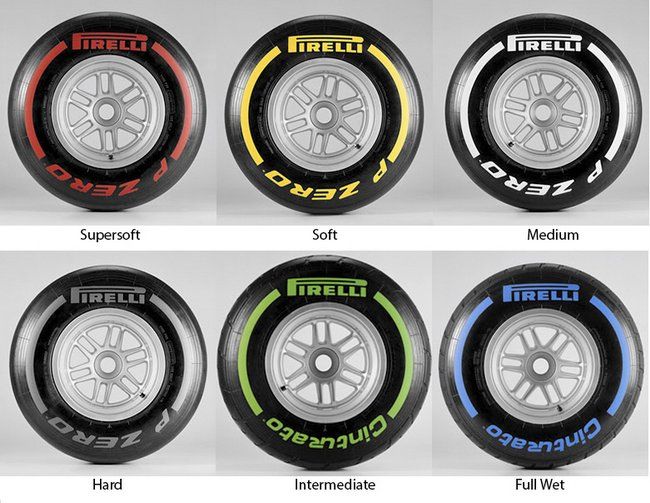
Tires wear out not only due to operational loads. They are characterized by natural aging, since the rubber compound from which the tires are made gradually loses its elasticity and resilience. The use of such rubber leads to a deterioration in vehicle controllability and creates dangerous conditions due to the high probability of tire rupture on the way.
In accordance with GOSTs 4754-97 and 5513-97, the warranty period for car tires is 5 years. Foreign manufacturers claim that the service life of tires is 5-10 years. There are no legislative acts obliging drivers to change tires after this period, but in order to create safe driving conditions, the driver must take into account the recommendations of GOST. Manufacturers usually set their own warranty periods.
Michelin, Bridgestone, Nokian, Continental, Dunlop, Pirelli, Yokohama:
| Brand | Warranty period declared by the manufacturer |
| Bridgestone | Tire dependent - 3-6 years |
| Nokian
| 5 years |
| Continental | 10 years old |
| Dunlop | Tire dependent |
| Pirelli | Tire dependent |
| Yokohama | 5 years |
| Michelin | 10 years old |
During the warranty period, the responsibility for identified significant defects rests with the manufacturer.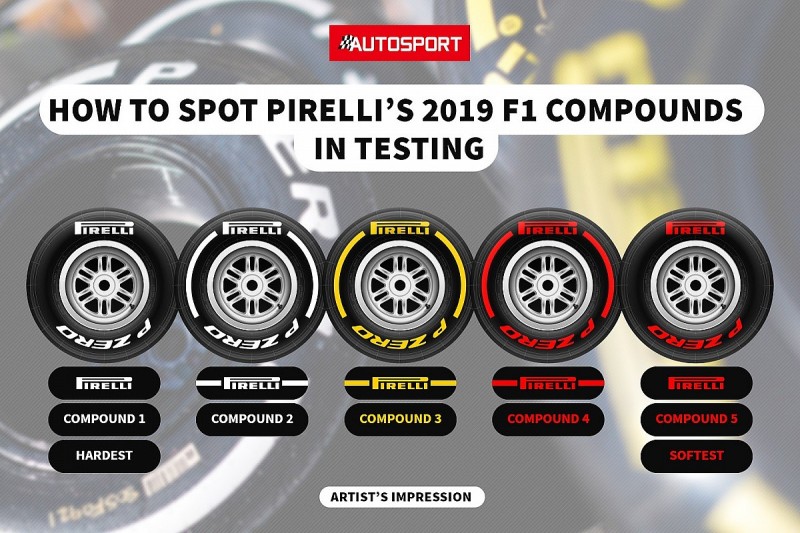 The owner of the vehicle will be forced to eliminate defects on his own if there have been:
The owner of the vehicle will be forced to eliminate defects on his own if there have been:
If the vehicle is used intensively, it may be necessary to replace the tires before the end of the warranty period.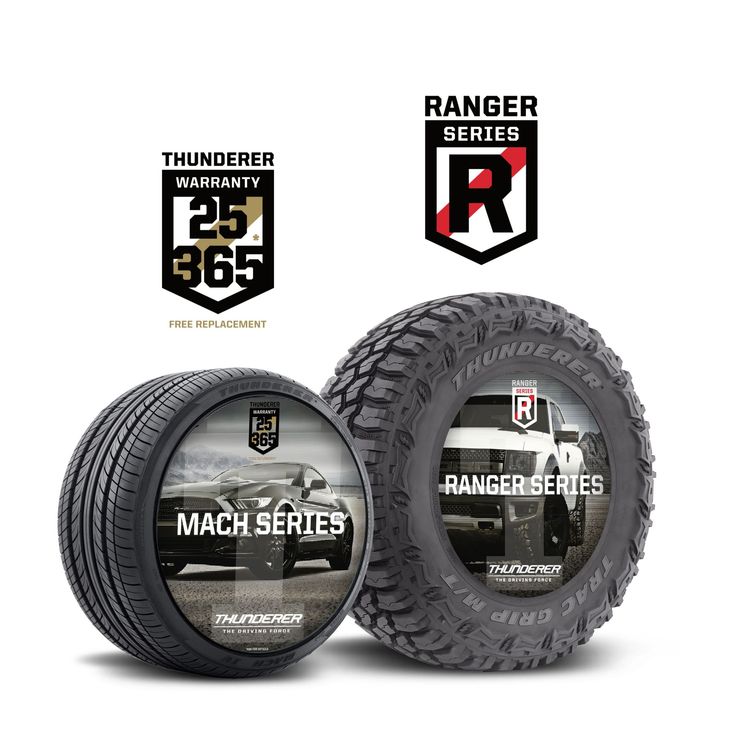 Therefore, regulatory documents establish the mileage after which you should think about replacing tires.
Therefore, regulatory documents establish the mileage after which you should think about replacing tires.
The maximum standard mileage is:
The actual rate of tire wear may differ from the standard values due to a whole list of factors, such as:
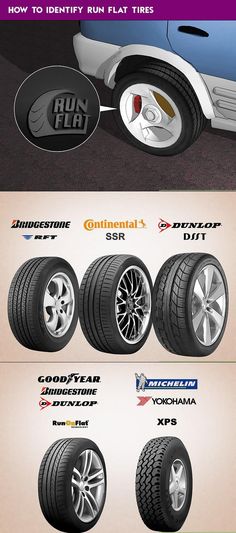 Low-quality products under the influence of abrasive particles wear out very quickly.
Low-quality products under the influence of abrasive particles wear out very quickly. You can determine the need for tire replacement yourself by the following signs:
Table of minimum allowable tread depth for different modes of transport as amended on 01.01.2015
| Minimum allowable remaining tread depth | Type of transport |
| 0.8 mm | L - motorcycles, mopeds, quad bikes |
| 1. | N2, N3, O3, O4 - trucks with a maximum permissible mass of more than 3.5 tons and trailers with a maximum permissible mass of more than 3.5 tons |
| 1.6 mm | M1, N1, O1, O2 - cars, trucks and trailers with a maximum authorized mass of less than 3.5 tons |
| 2.0 mm | M2, M3 - buses |
| 4.0 mm | Winter tires marked M+S, M&S, M S, the residual tread depth does not depend on whether tires are installed on cars or trucks |
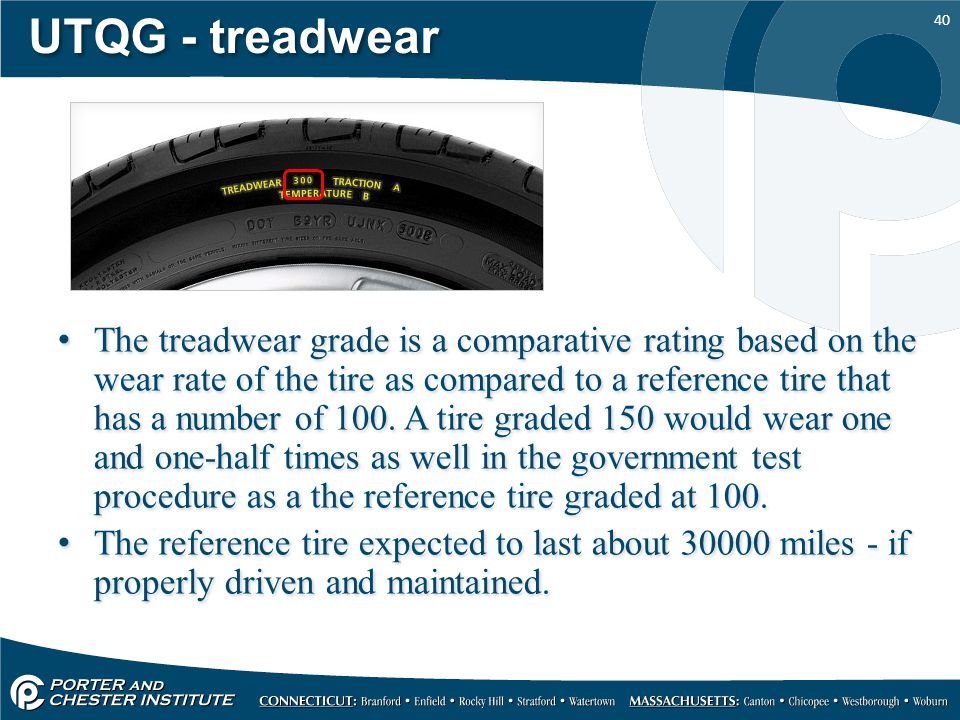 If it does not exceed 50% of the original value, then the tires must be replaced.
If it does not exceed 50% of the original value, then the tires must be replaced. Important! If the outer edges of the tire wear faster, the internal pressure is insufficient. Accelerated wear of the central part indicates excessive pressure. Wear on one side indicates a violation of the toe angle. Uneven surface wear is evidence of aggressive driving with rapid acceleration and hard braking.
You can extend the life of your tires by doing the following:
Normative document regulating the terms and conditions of tire storage - GOST 24779-81. However, it is believed that when standard storage conditions are created, after 5 years of storage, tires retain the characteristics corresponding to the properties of a new product. If this period is exceeded, product characteristics may decrease.
However, it is believed that when standard storage conditions are created, after 5 years of storage, tires retain the characteristics corresponding to the properties of a new product. If this period is exceeded, product characteristics may decrease.
Basic requirements for a room intended for storage of tires:
Previous article↑ ArticlesNext article Consumer disputes over the age of tires have not subsided for several seasons. Buyers are excited that the warranty period for tires is limited to 5-6 years according to GOST, and after the expiration of this period, the rubber becomes unusable.
Is this really the case, read this article.
Manufacturers of most brands for their products set shelf life - 5 years and the service life is also 5 years .
The shelf life of a tire is the period during which it retains its performance when properly stored.
The end of this period does not mean that the tires have become unusable . A shelf life of 5 years is given by manufacturers because, by law, they cannot set a shelf life higher than the service life. Tires over 5 years of storage cannot be called damaged or defective, their technical characteristics may be slightly reduced. American researchers argue that the period of storage of "shoes" must be at least 10 years. Experts from Germany are sure that it cannot exceed 6 years.
The expiration date of tires is the warranty period during which the manufacturer is responsible for the quality and condition of the tire if it was used for its intended purpose without violating the operating rules.
According to Russian legislation (GOST 5513, GOST 4754-97) , the service life of tires is 5 years from the date of manufacture.
How can I find out the date of manufacture of tires?
You can find out the age of tires by a special DOT code.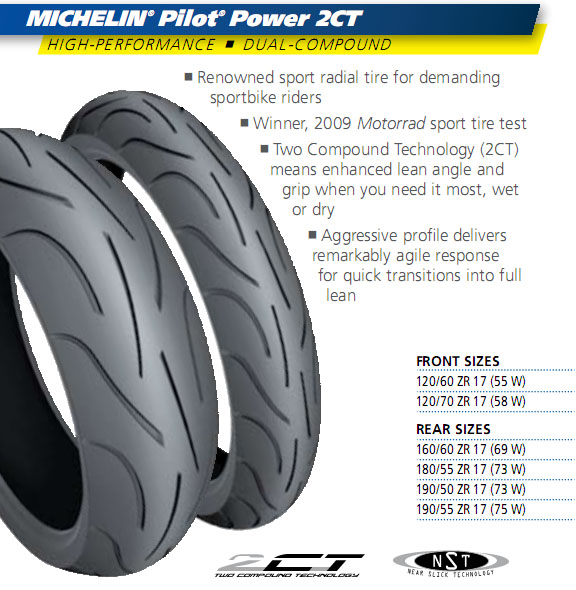 Tires manufactured after 2000 in the DOT code contain two pairs of numbers, where the first pair indicates the week number of the year, and the second pair indicates the year. Earlier tires before 2000 have 3 numbers in their composition, where the first two digits are the week number, and the last one is the year (see the transcript in the photo).
Tires manufactured after 2000 in the DOT code contain two pairs of numbers, where the first pair indicates the week number of the year, and the second pair indicates the year. Earlier tires before 2000 have 3 numbers in their composition, where the first two digits are the week number, and the last one is the year (see the transcript in the photo).
Determination of the average shelf life of a tire according to GOST and operating conditions.
- The symbol ZR denotes tires for high-speed cars. They are recommended to be used at speeds over 240 km/h. up to 6 years
- Tires with the H symbol are used at a maximum speed of 210 km/h. within 5 years.
- The sign S symbolizes the maximum permissible speed of 180 km/h. and operational period of 4-5 years.
Most tire manufacturers do not agree that tire life is limited to 5 years. Each company has its own opinion on this matter. We analyzed several of them and the information they posted on their official websites.
We analyzed several of them and the information they posted on their official websites.
Michelin
The French tire manufacturer Michelin has become famous for its active fight against the perception of the rapid aging of tires as a perishable product. Her information campaign "Tires Are Not Bananas" created a lot of noise in the automotive environment. According to the representative office, several test trials were carried out in Saudi Arabia, South Korea and Germany. As a result of testing, no difference was found between new tires and tires stored for 3 years. They were tested for various characteristics such as rolling resistance, high speed durability, etc. Tires with a year life were approximately equal in performance to 10-year unused tyres.
Michelin focuses the attention of car owners on the fact that tires are not a perishable product, their shelf life is not as important as the service life is important, starting from the date the tires are installed on the rims.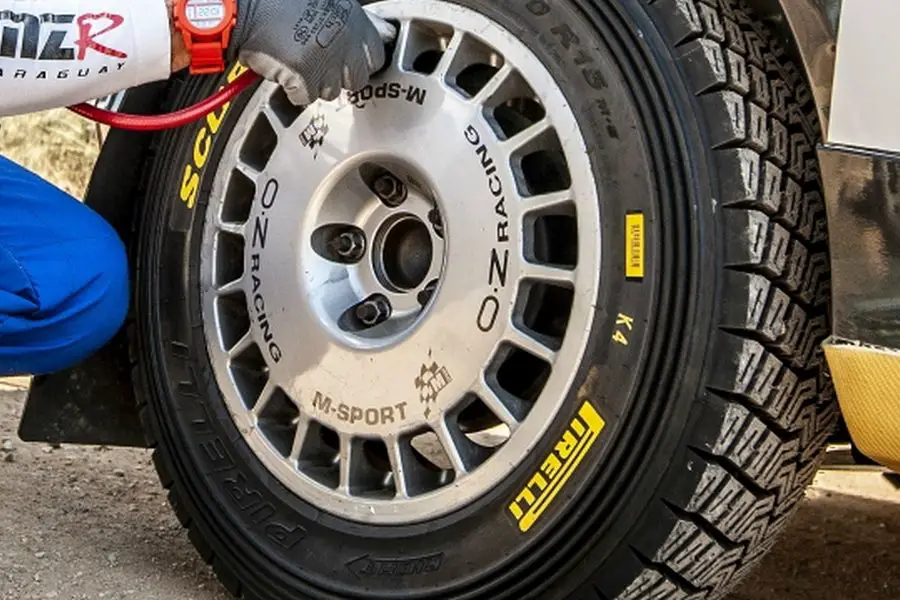 It is from this moment that the tire is subjected to all tests: pressure, temperature changes, wear, contact with uneven and sharp coatings, etc.
It is from this moment that the tire is subjected to all tests: pressure, temperature changes, wear, contact with uneven and sharp coatings, etc.
Continental
On the Russian official website of Continental, we found the following information on the expiration dates of tires.
“When a tire is stored in the correct position and under the recommended conditions, it will not lose its original balanced performance for 5 years from the date of manufacture of the tire.
A properly maintained, unused tire less than 5 years old can be sold as a new tire and used normally.
Continental recommends replacing all tires (including spares) with a sidewall date greater than 10 years.
Nokian
The following information is posted on the Nokian official website:
“Tire life is not defined by law, but tires can only be considered “new” if they have been manufactured within the last five years. The recommended service life of tires is six years and the recommended maximum period is 10 years.
The opinion of our specialists, based on many years of experience, coincides with the opinion of manufacturers: the shelf life is 5 years + the service life is up to 10 years. Moreover, more "adult" tires, in our opinion, are of better quality.
To keep tires as long as possible, they are stored in compliance with all rules and recommendations. The main condition is a cool, ventilated, darkened room away from oils, paints, ozone, and heat sources.
Rubber products tend to lose their performance over the years. To prevent and slow down this process, manufacturers add polymers to the rubber compound.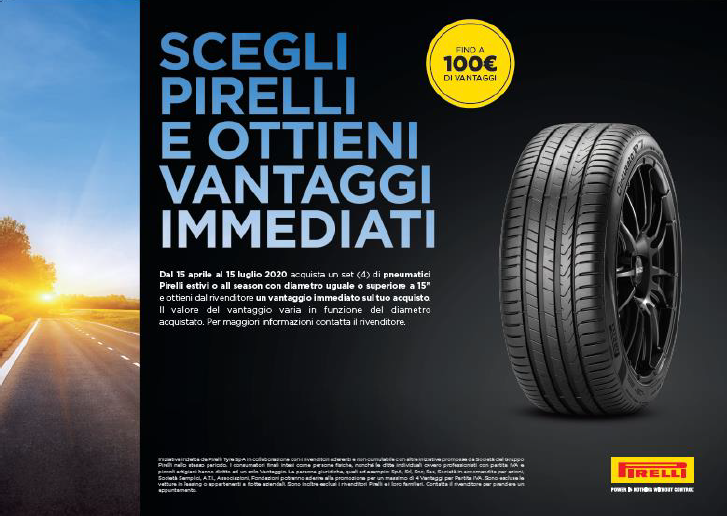 They prevent oxidative processes that occur due to the interaction of protectors with oxygen and ozone.
They prevent oxidative processes that occur due to the interaction of protectors with oxygen and ozone.
The following are the main conditions for the proper storage of tires in accordance with GOST 24779-81:
Maintaining a constant regime without sudden jumps, slight temperature fluctuations from -30°С to +35°С are allowed;
Provide a low humidity level of 50-80% in a dry, ventilated cool room;
Avoid direct sunlight, use darkened hangars, shield heat sources;
Keep away from sources of heat;
Tires should not come into contact with corrosive, copper materials.
Avoid kinking, loading or positioning on an uneven surface.
Avoid contact with oils, organic solvents, acids, alkalis, fuels and lubricants on the tire surface. It is forbidden to lay tires on a wet and dirty surface.
In the warm season, when storing tires outside, they should be covered with light-tight material and raised above ground level to ensure ventilation and prevent the occurrence of the greenhouse effect.
Storage on reflective, light and heat absorbing surfaces is prohibited.
Keep away from chemicals, oils, paints, open flames, electric motors that produce ozone.
Used tires must be washed and dried.
Tires without rims should be stored upright.
The service life depends on many factors: the load on the car, the quality of the roads, the driving style, the distance traveled, tire damage, etc. To increase their service life, follow these rules:
Check tire pressure every 2-3 weeks. With reduced pressure, tire wear increases by the equivalent of a % reduction. For example, a 15% reduction in pressure can result in a 15% reduction in service life. Inflated tires are less scary.
The wear of the front tires is always significantly higher than the rear ones, so it is recommended to swap them after some time, carefully watching the direction of the tread pattern and the direction of rotation.